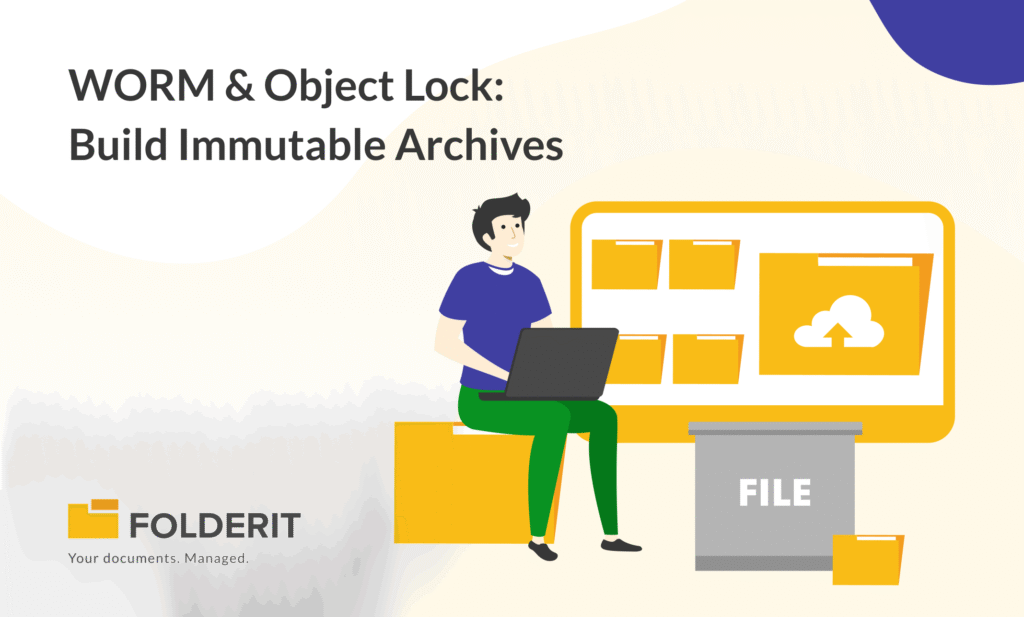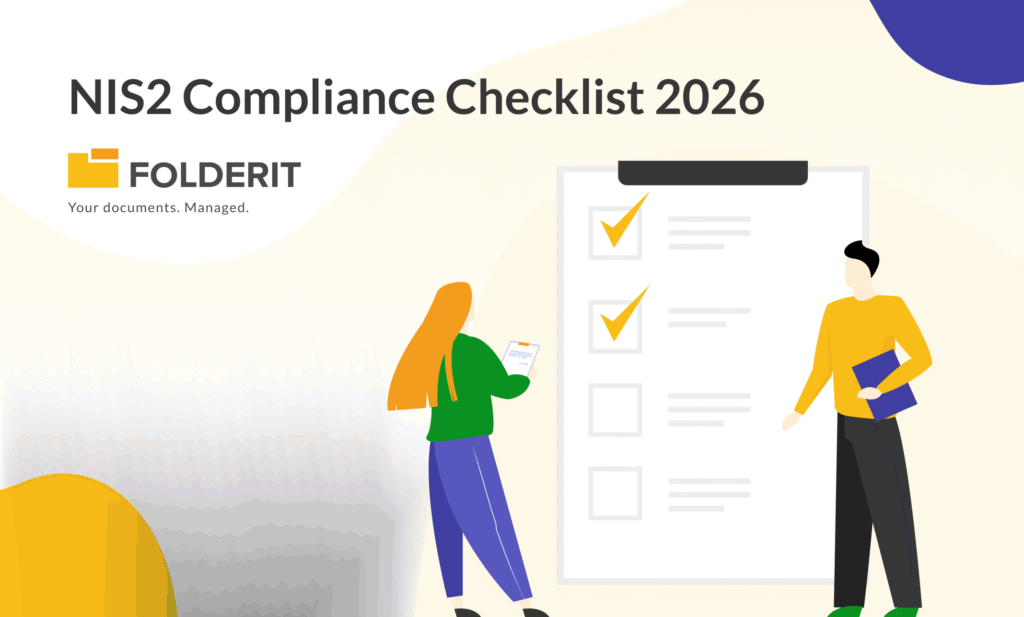If you’ve ever gone through an ISO audit, you’ll know there are two kinds of document registers: the tidy, up-to-date ones that make auditors nod with approval… and the messy, half-complete ones that spark long conversations you’d rather avoid.
An ISO document register might sound like a dull list, but it’s actually the backbone of your organization’s ability to prove compliance. Without it, you’re left relying on scattered files, ad-hoc notes, or “I think it’s in this folder” guesses.
What Is an ISO Document Register?
Put simply, an ISO document register is a centralized record of all controlled documents relevant to your ISO standard: whether it’s ISO 9001 for quality management, ISO 27001 for information security, or another framework entirely.
It’s not just a list of files. It’s a log that tracks:
- Document titles and unique IDs
- Version numbers and revision dates
- Owners or custodians
- Approval and review status
- Applicable departments or processes
An auditor can look at your register and immediately understand what documents exist, what their status is, and how they’re managed.
Why It Matters for Compliance
ISO standards don’t just require you to have documentation: they require you to control it. That means:
- Making sure only the latest approved version is in use
- Retiring obsolete versions without losing historical traceability
- Being able to show when and by whom a document was approved
A well-maintained document register is your evidence that these controls are in place. If it’s incomplete or outdated, you’re essentially telling the auditor that you might not know what’s in circulation: a red flag for any certification body.
Common Pitfalls
Over the years, I’ve seen the same mistakes repeat themselves:
1. Treating the register as an afterthought.
It’s often left to the last minute before an audit, which means errors, missing entries, and a scramble to reconcile versions.
2. Keeping it in a static spreadsheet.
Spreadsheets work… until they don’t. Without automated updates or clear ownership, they quickly fall out of date.
3. Mixing in uncontrolled documents.
A register should list controlled documents only. Throwing in drafts, informal notes, or personal templates just clutters the record.
4. No clear update process.
If it’s unclear who updates the register when a document changes, you’ll inevitably get gaps.
Best Practices for Maintaining Your ISO Document Register
Here are some habits and structural choices that make a difference:
1. Centralize it.
Keep your register in one secure, shared location. Avoid having separate versions maintained by different teams — it’s an invitation to inconsistency.
2. Assign ownership.
Make one person (or a defined role) responsible for keeping the register up to date. This accountability prevents the “I thought someone else updated it” problem.
3. Align it with your document control process.
Every time a document is created, revised, or retired, the register should be updated as part of the same workflow.
4. Make it audit-friendly.
Use clear column names, consistent version numbering, and dates in a standard format. Include hyperlinks to the actual documents if possible.
5. Review regularly, not just before an audit.
Set a recurring reminder to review the register, even if no major changes have occurred. This keeps it fresh and prevents a pre-audit scramble.
Digital Tools Make This Easier
While you can run an ISO document register in Excel, there’s a reason more organizations are moving it into a document management system.
A DMS can:
- Automatically record metadata like version numbers and approval dates
- Restrict editing to authorized users
- Link each register entry directly to the controlled document
- Provide an audit trail showing exactly when changes were made and by whom
This means your “register” is no longer a separate task. It’s a live view of your controlled documents, always current by design.
How It Fits Into Audit Preparation
When an auditor requests your document register, they’re not just ticking a box. They’re looking to see:
- That you have identified all required documents
- That each document has a clear owner and review history
- That the register matches reality: what’s actually in circulation
If your register is accurate and accessible, this part of the audit can take minutes instead of hours. In some cases, I’ve seen it set the tone for the entire audit, starting with a positive impression makes everything easier.
Bringing It All Together
Think of your ISO document register as your organization’s map of controlled information. Without a map, you can wander, guess, and hope you’re heading in the right direction. With it, you know exactly where you are, where you’ve been, and what’s next.
Maintaining it isn’t about bureaucracy for bureaucracy’s sake. It’s about making compliance predictable, repeatable, and audit-ready at any moment.
And if you can make it part of your daily document control workflow instead of an occasional chore, you’ll never have to scramble before an audit again.





